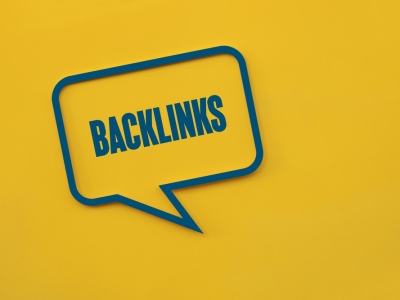
Search Engine Optimization is a top priority for any company with a web presence. In many cases, the problem of SEO is a confrontation between marketers and designers. Designers would like to use the latest cutting edge technology, graphics and user interactivity. On the other hand, marketers need to climb the search engine rankings, which is often based more on content than presentation. These goals are not always in agreement, and can lead to some tough decisions regarding company site strategy.
The number one SEO killer on the web today is Flash-based websites. It has always been important to have an eye-catching website, but as the expectations of web users continue to rise, it’s hard to resist the visual appeal and interactivity of Flash. However, while there has been some improvement lately, search engines still have a difficult indexing Flash sites. Many large companies are now abandoning Flash in hopes of better page rankings.
For many designers, Content Management Systems (CMSs) have been a dream come true. In the past, if a client wanted to change the look of a site, the designer had to go through each page individually to update the site. CMS solutions make it possible to change one page and have that change disseminate to the rest of the site seamlessly. However, in many cases, the URL addresses generated by a CMS are not very descriptive. For instance, rather than say http://www.mysite.com/TopTenVacations.html, the CMS may generate a page that looks more like www.mysite.com?id=7623&cat=8104&country=12&lang=en. Of course, the first version is much more likely to gain attention on a search than the second.
Web designers often like things to be laid out logically. Each category should have its own folder, each department should have its own subfolder, each page should have a unique id, and so on. Often when a new designer is hired, pages are moved around, content is moved from one page to another, and whole site architectures may need to be redone. Unfortunately, Google and other search engines place a high premium on pages that remain consistent over time. The more changes that occur, the less Google “trusts” the site and subsequently the lower the site is ranked. In order to maintain a consistently high ranking, changes to sitemaps and architecture should be made as rarely as possible, regardless of how often designs are changed.
While it is typically the web designer who causes the most problems with search engine ranking, sometimes overly zealous marketers also create red flags for search engines. One of the most common mistakes is a form of spamming whereby a marketer submits bogus messages on forums or blogs with links back to their website. A variation on this method is submitting large numbers of links to social media sites such as Facebook, Reddit, or Digg. In almost every situation, this is more harmful than helpful to a site’s ranking on search engines. Google in particular is very diligent in pursuing suspected spamming attempts and blacklisting the offending sites.
While these pitfalls may be the most important things to avoid, the most important method of increasing page rank is also the most basic: good content. If a site contains accurate information or provides a reliable service, other users will link to them and the page rank will take care of itself.
This article was contributed by Green Shopping who specialize in carrying a variety of eco clothing.










Comments